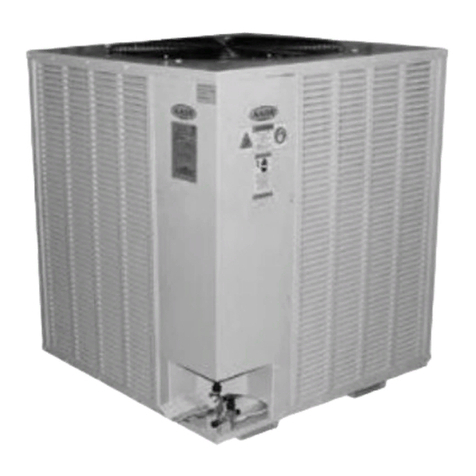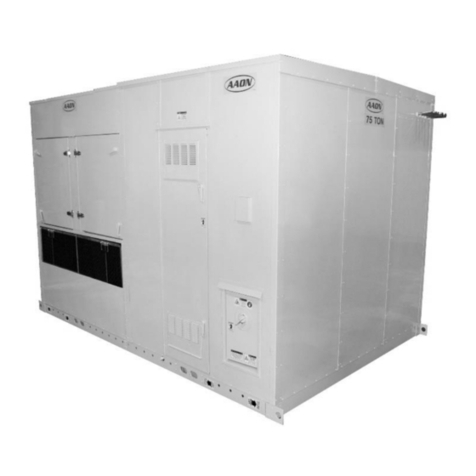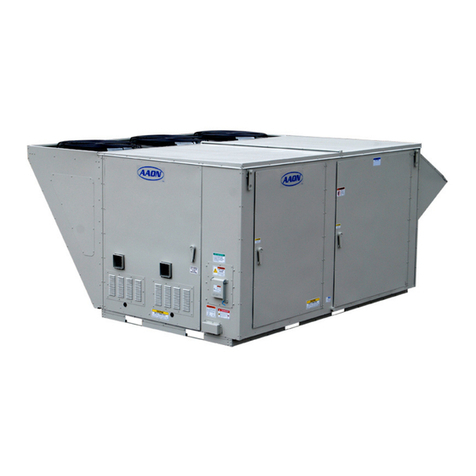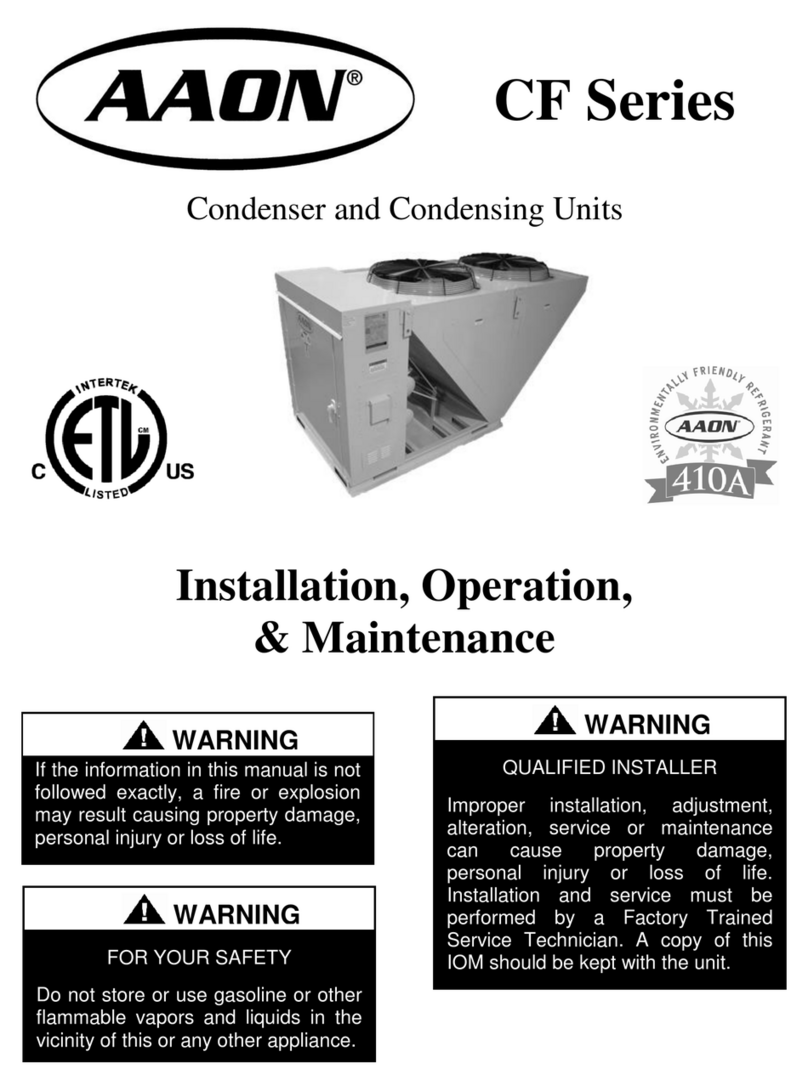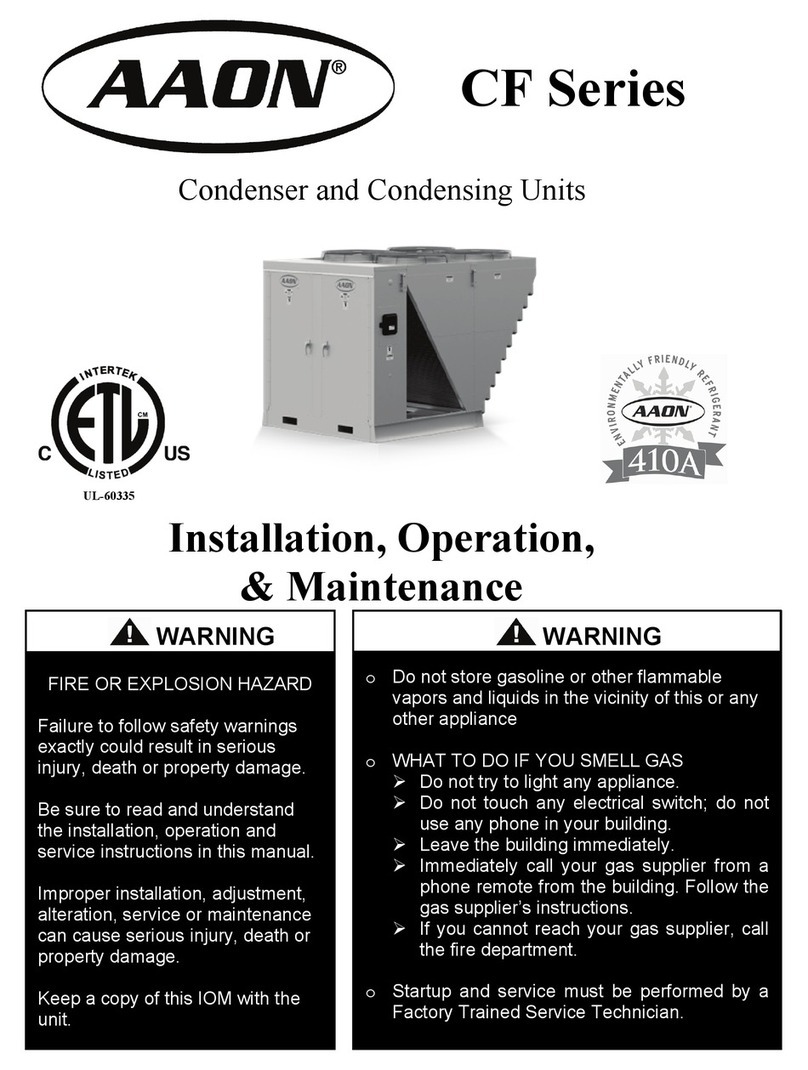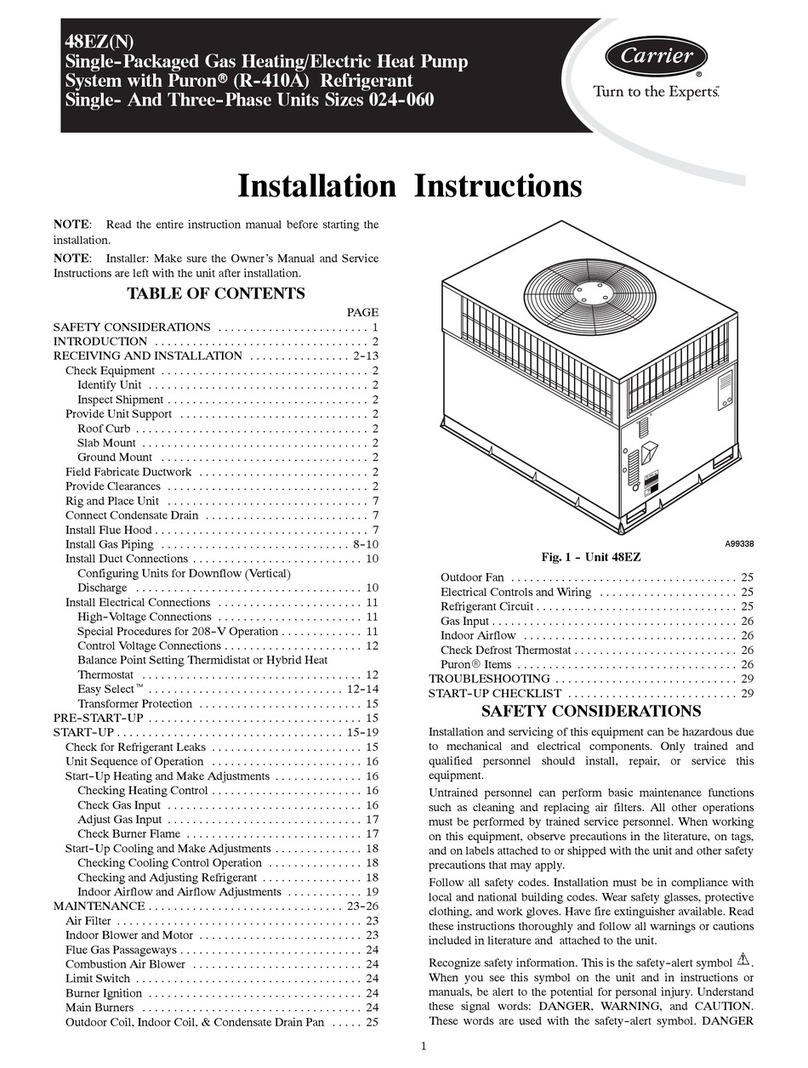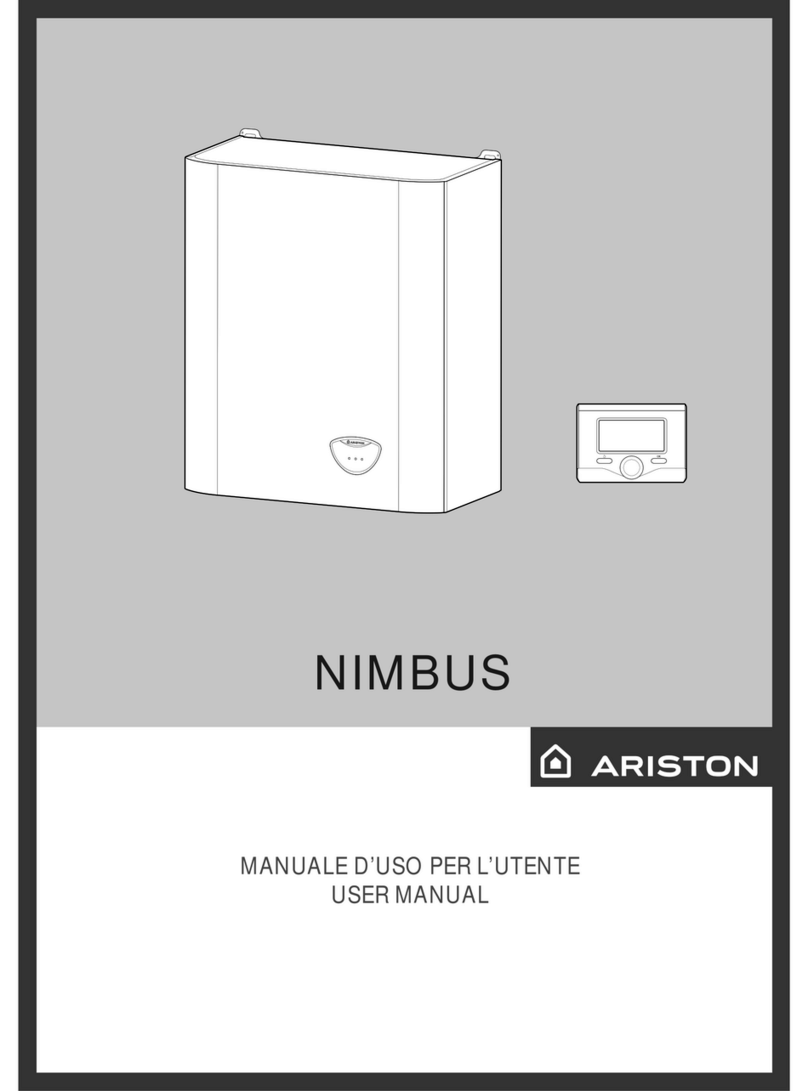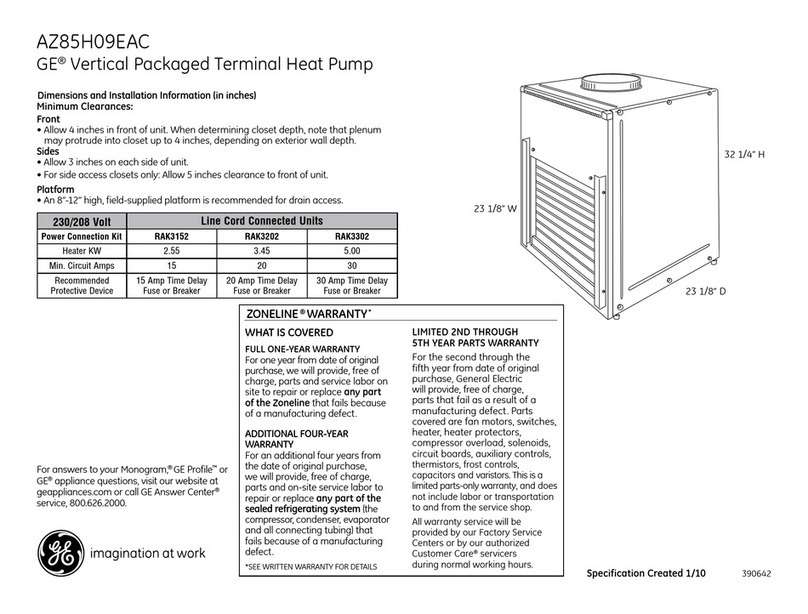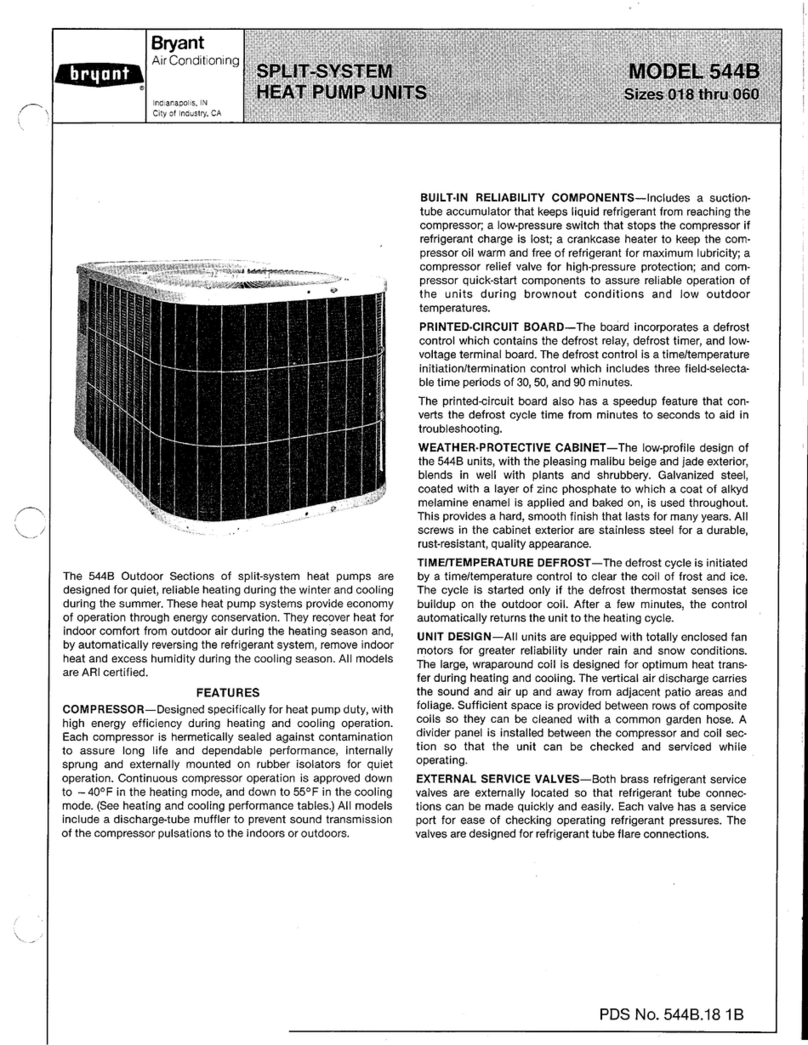
3
Table of Contents
AAON ProFit Features and Options Introduction .......................................................................... 5
Safety .............................................................................................................................................. 6
WSHP Series Feature String Nomenclature ................................................................................. 10
General Information...................................................................................................................... 12
Codes and Ordinances .............................................................................................................. 12
Receiving Unit .......................................................................................................................... 13
Storage ...................................................................................................................................... 13
Direct Expansion (DX) Systems............................................................................................... 13
Wiring Diagrams....................................................................................................................... 14
Installation..................................................................................................................................... 14
Locating the Unit ...................................................................................................................... 14
Condensate Drain Piping .......................................................................................................... 14
Backward Curved Blower Removal ......................................................................................... 16
Forward Curved Blower Removal............................................................................................ 16
Lifting and Handling the Unit................................................................................................... 17
Service Access .......................................................................................................................... 17
Blower Motor and Fan Access.................................................................................................. 18
Refrigerant-to-Water Heat Exchanger Water Piping................................................................ 18
Electrical ................................................................................................................................... 22
Duct Connection ....................................................................................................................... 25
Startup........................................................................................................................................... 25
Supply Fans............................................................................................................................... 26
Fan Air Flow Adjustment ......................................................................................................... 26
Filters ........................................................................................................................................ 26
Adjusting Refrigerant Charge................................................................................................... 27
Operation....................................................................................................................................... 30
AAON WSHP Pioneer Silver Controller.................................................................................. 30
Maintenance.................................................................................................................................. 37
DX Cooling............................................................................................................................... 37
Condensate Drain Pans ............................................................................................................. 37
Supply Fans............................................................................................................................... 37
Filter Replacement.................................................................................................................... 37
Replacement Parts..................................................................................................................... 38
Warranty, Service, and Parts Department................................................................................. 38
Filter Information.......................................................................................................................... 38
Appendix A - Heat Exchanger Corrosion Resistance................................................................... 41
